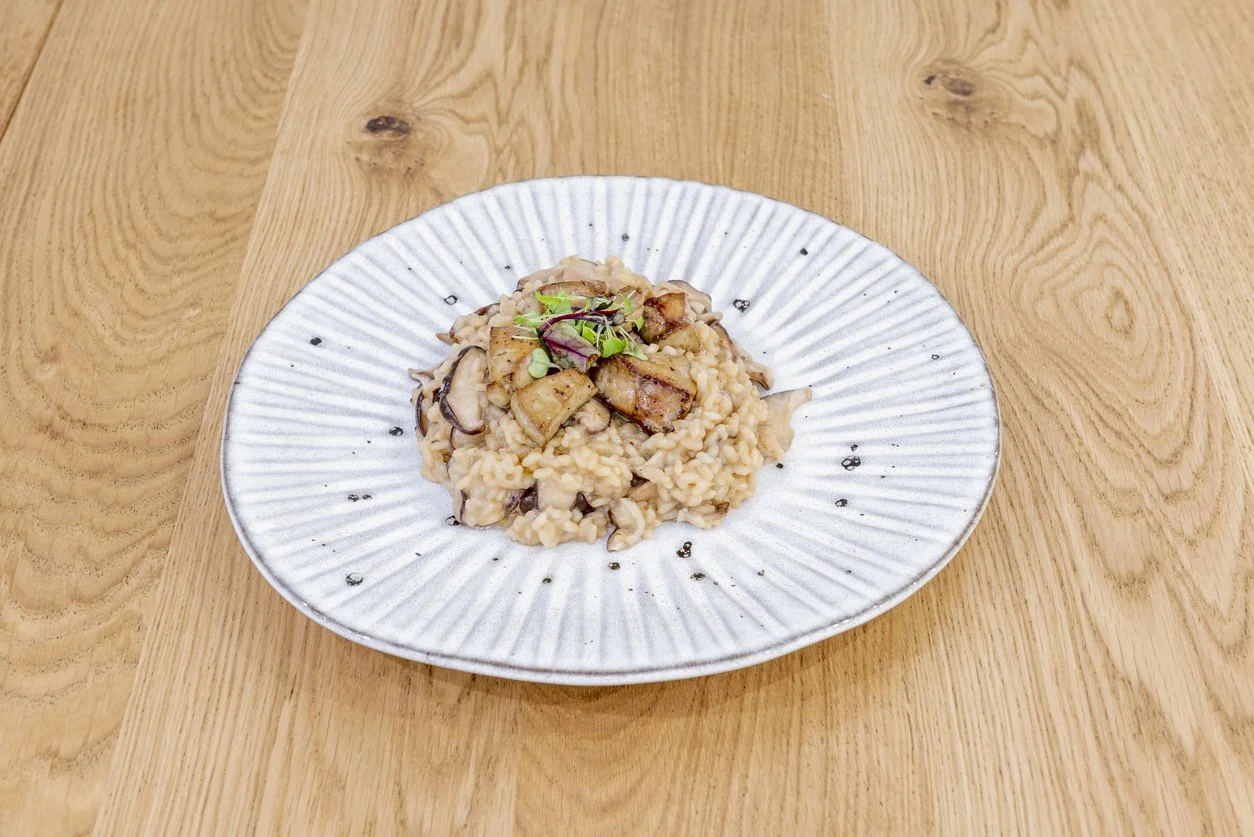Rice Lovers, Read This Before You Boil the Water
My dad is 86 and still makes the best steinpilz risotto - that’s porcini mushroom risotto in English - and I swear no one can make it quite like he does. He made it for me just a few weeks ago, and every bite tasted like home.
I love making risotto too, especially versions with salmon or smoked mozzarella for my family. But I also enjoy lighter rice dishes, like simple jasmine rice with herbs, vegetable fried rice, or a fresh rice salad with lemon and olive oil.
Years ago, when I was studying at the Institute for Integrative Nutrition, I learned about arsenic in rice and thought I must have misheard. Arsenic? In rice? It sounded unbelievable.
But it’s true. Rice naturally absorbs arsenic from the environment, and once I understood why, I started paying attention to where my rice comes from and how I cook it.
Why Arsenic Matters
Rice of all types is a beloved staple food around the world. It’s comforting, versatile, and naturally gluten-free. But here’s something most people don’t know: rice has a knack for soaking up arsenic from soil and water.
Arsenic is a toxic heavy metal, and long-term exposure has been linked to skin and lung cancer, heart disease, and neurological issues. It’s especially important to be aware of if you’re pregnant or feeding young children, since arsenic can interfere with healthy growth and development.
While drinking water is the main source of arsenic for most people, rice can still be a meaningful contributor, and it’s one we can actually do something about.
How to Choose Lower-Arsenic Rice
The amount of arsenic in rice varies depending on where it’s grown.
Rice from parts of the Southern United States, especially areas that once grew cotton, often contains higher levels of arsenic because arsenic-based pesticides linger in the soil.
Rice from California, India, or Pakistan typically has lower arsenic levels.
Even organic rice can contain arsenic, since it depends on the soil, not the farming method.
Simple Kitchen Hacks to Lower Arsenic
The good news? You don’t have to give up rice. With a few small changes, you can lower arsenic levels significantly.
1. Rinse and Soak
Rinsing and soaking rice for at least 2 hours, then draining before cooking, has been shown to reduce arsenic content.
2. Cook It Like Pasta
Instead of the typical 2:1 water-to-rice ratio, use about 6 cups of water per 1 cup of rice, and drain off the excess once it’s cooked. This method can cut arsenic levels while also keeping rice fluffy and preventing it from sticking.
Mix It Up: Rotate Your Grains
Variety is key. Rotate in other grains such as quinoa, barley, or millet. This not only reduces your overall exposure to arsenic but also boosts the nutrients in your diet.
Rice can absolutely be part of a healthy, balanced diet. Being mindful about where it comes from and how you prepare it helps reduce exposure to this hidden heavy metal — without giving up the foods you love.
What’s your favorite rice dish? I’d love to try it!
References:
Arsenic. (2024). National Institute of Environmental Health Sciences. https://www.niehs.nih.gov/health/topics/agents/arsenic
Sengupta, M. K., Hossain, M. A., Mukherjee, A., Ahamed, S., Das, B., Nayak, B., Pal, A., & D. Chakraborti. (2006). Arsenic burden of cooked rice: Traditional and modern methods. Food and Chemical Toxicology, 44(11), 1823–1829. https://doi.org/10.1016/j.fct.2006.06.003

